Digital approaches for GCSE English learning
作者:Claire Collins


1. Blended and distance learning
1.1. able to 'catch up' absent learners
1.2. able to signpost to other items that may take too much time in class - such as videos etc.
1.3. Can be cheaper than buying resources
1.4. Independent - no peer pressure to be "cool" or not answer questions
1.5. Evaluation tool to check they have used it and completed a task
1.6. Learners need to be motivated and take ownership, if they don't understand something they need to ask questions and might not want to.
1.7. Can be isolating if learners prefer group work and need others to share and build ideas.
1.8. There would need to a method of communication with the tutor which is private so learners do not feel silly.
1.9. If learners prefer different learning styles there would be opportunities for all learners to interact
1.10. Ideas need to be focused and specific to each outcome. Too much information could lead to them being disengaged and lose motivation.
2. Developing study skills
2.1. CoConqr for 'spaced rehersal'
2.2. Record info, remember, recall
2.3. Using IT to create mind-maps to delve deeper & timed tasks
2.4. Visual prompts on Pinterest
2.5. Inspiration8 for alternative methods of presenting information
2.6. Creating mind maps of meta language
2.7. TIS board, interactive games, SPaG
2.8. Siri to promote speaking and listening
2.9. Dictaphone on phone to verbalise ideas
2.10. Kahoot to quiz learner knowledge
3. Content creation
3.1. Screen casting -
3.2. Upload a poem or excerpt for learners to analyse
3.3. Learners can create something - produce a quiz, presentation or critique to share with peers. Google package
3.4. Websites
3.4.1. Haiku Deck - Image based presentation software - use for homework / visual writing prompt task
3.4.2. Penzu - Blog / diary tool. Use for h/w / digital portfolio
3.4.3. Thinglink - Collaboratively annotate pictures
3.4.4. Yammer / Ning - set up your own social network
3.4.5. Kahoot - set up your own online quizzes - answer on mobile phone
